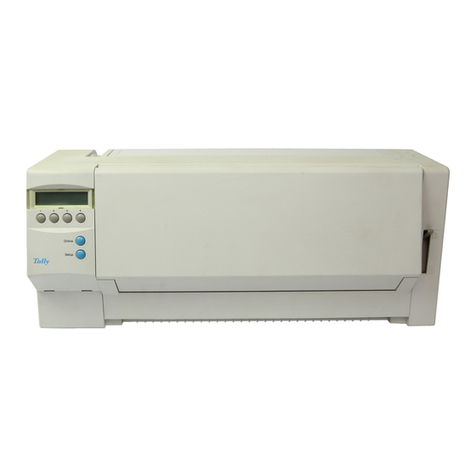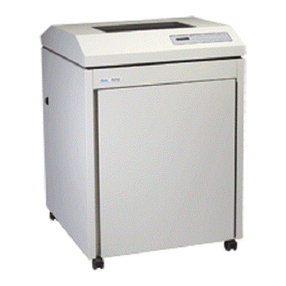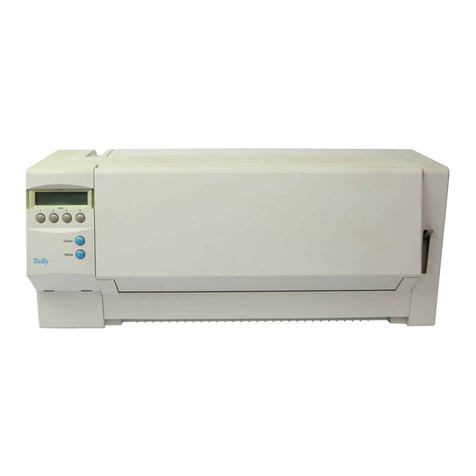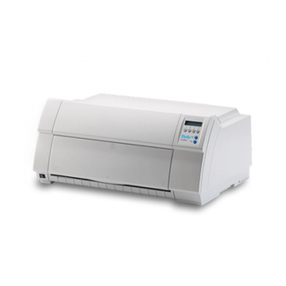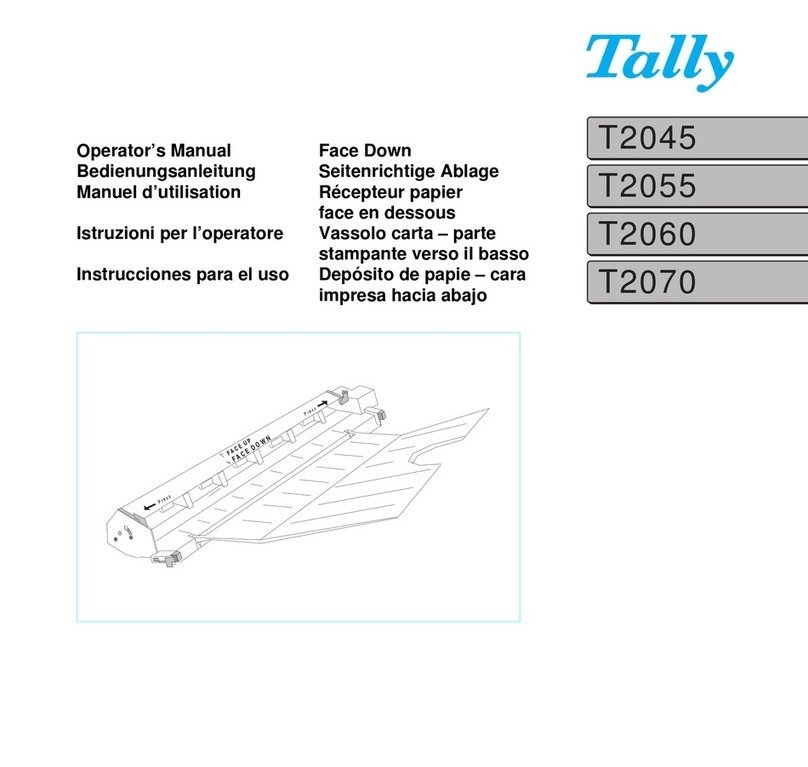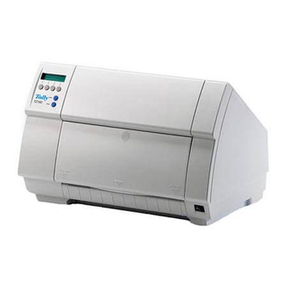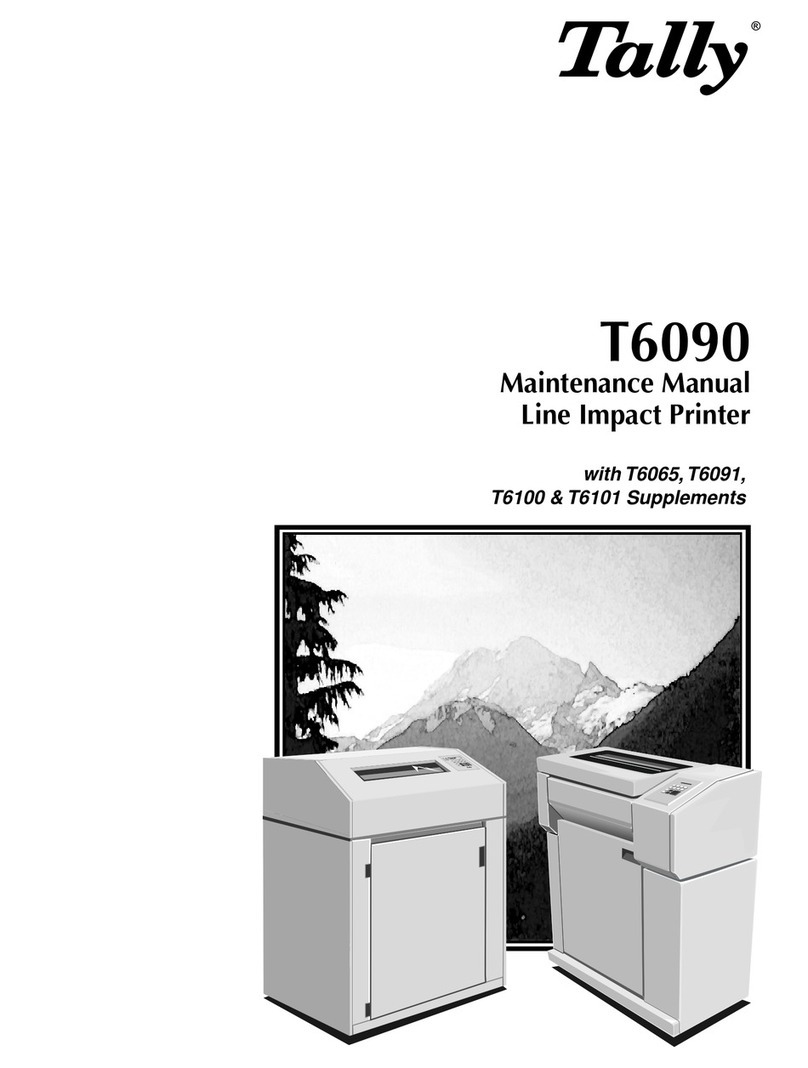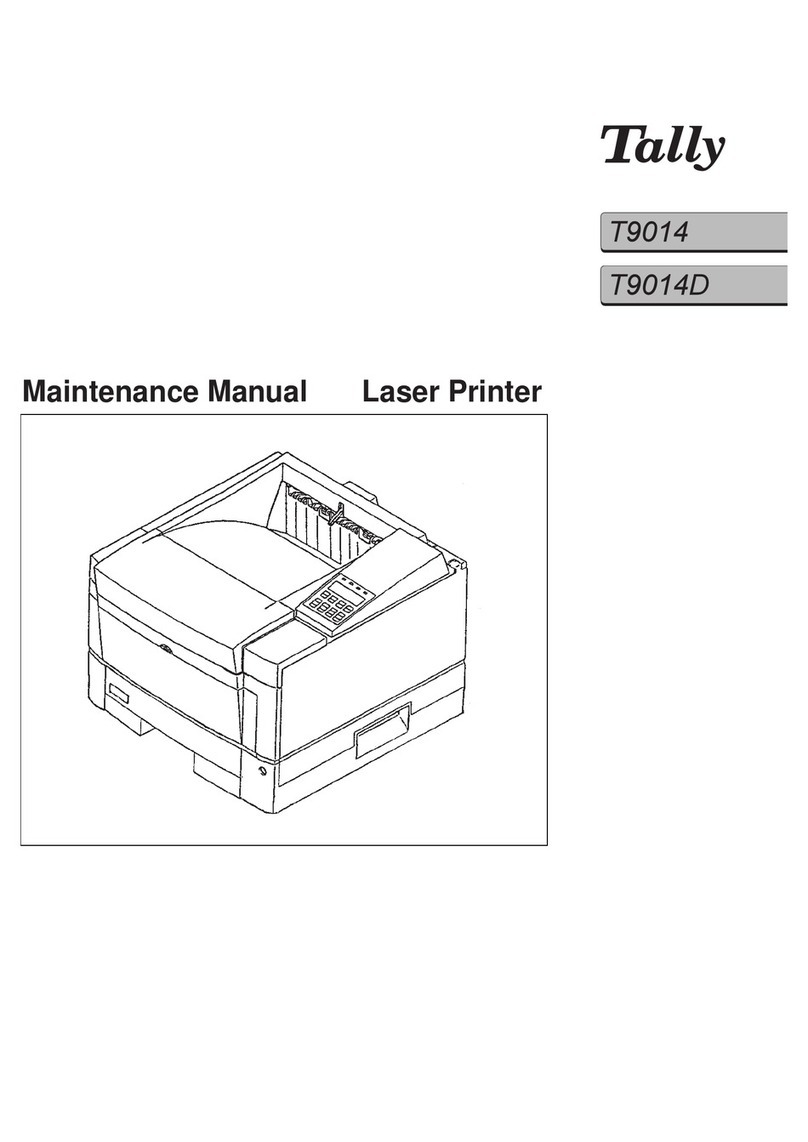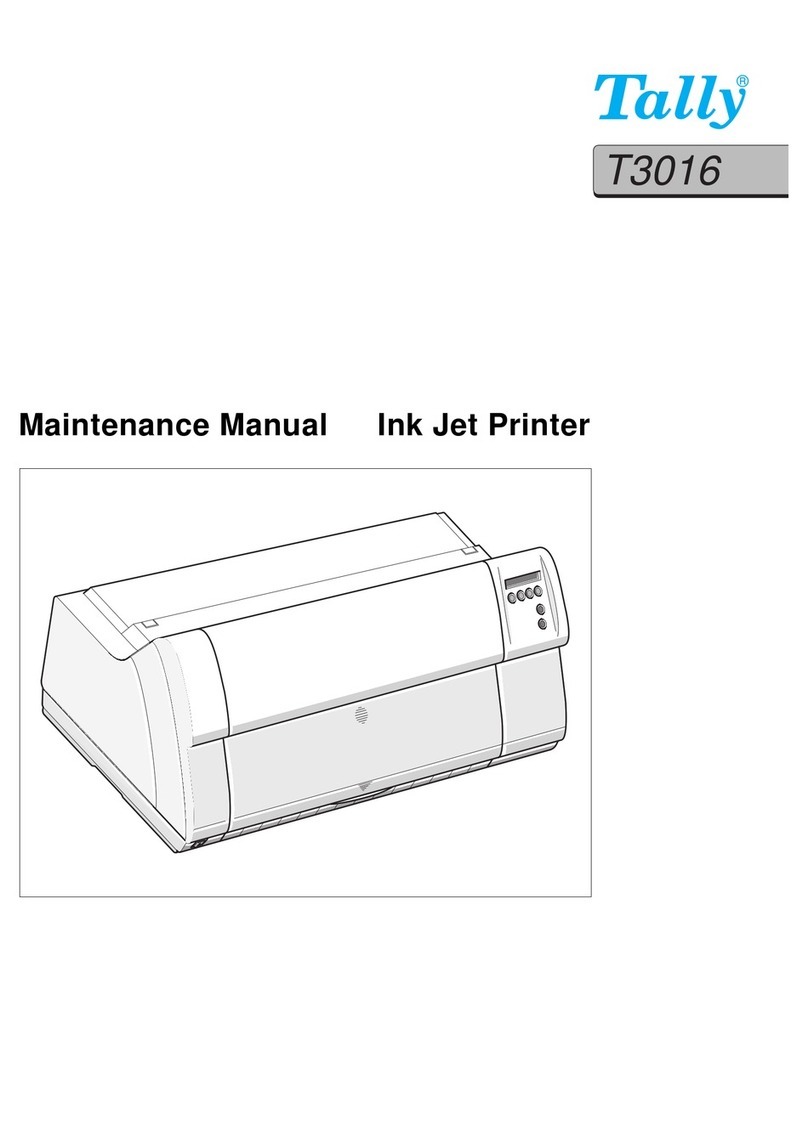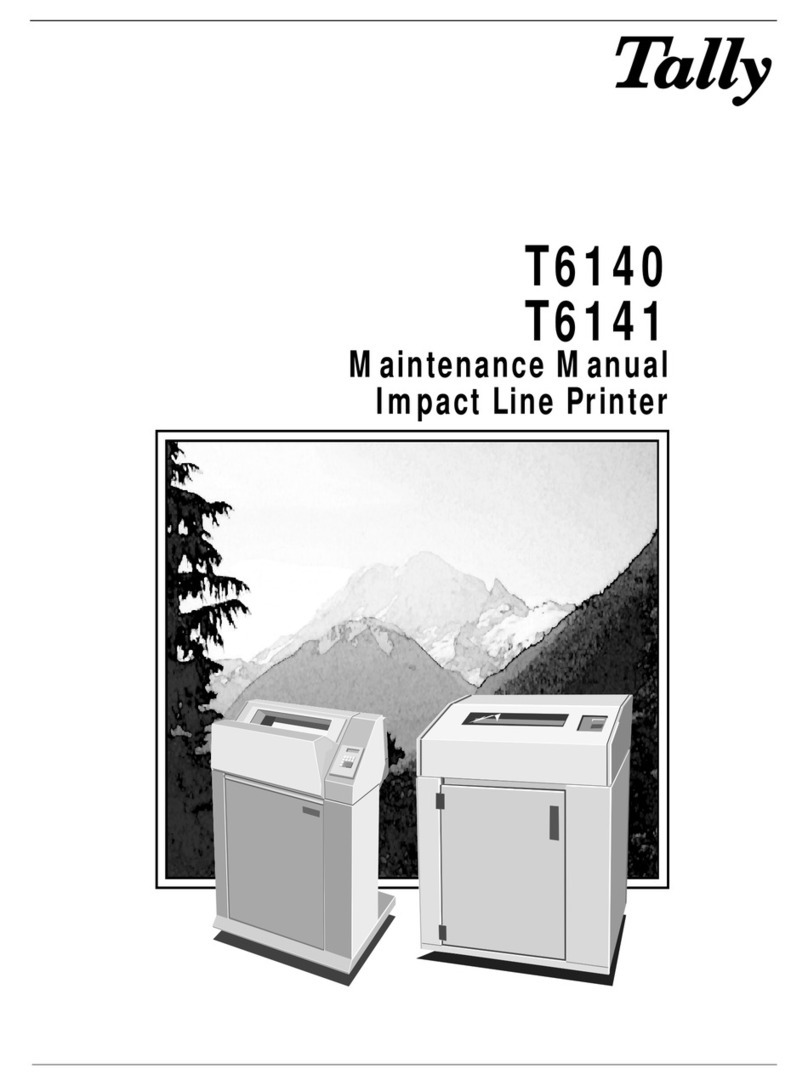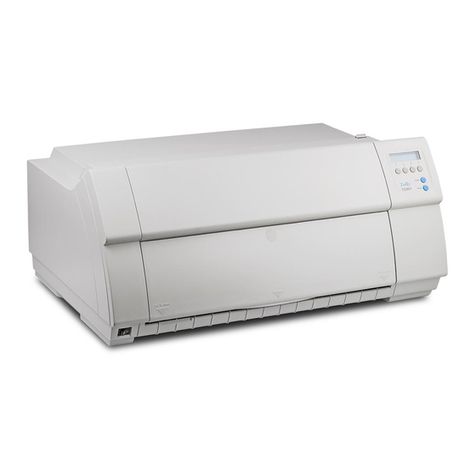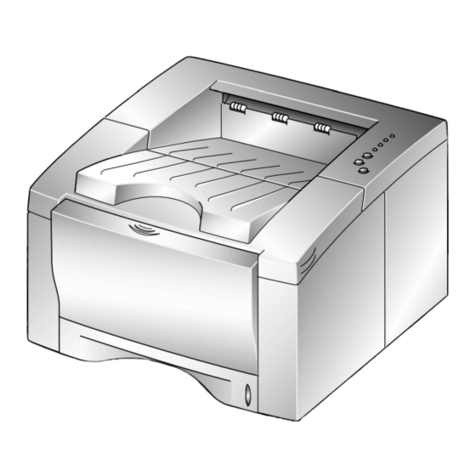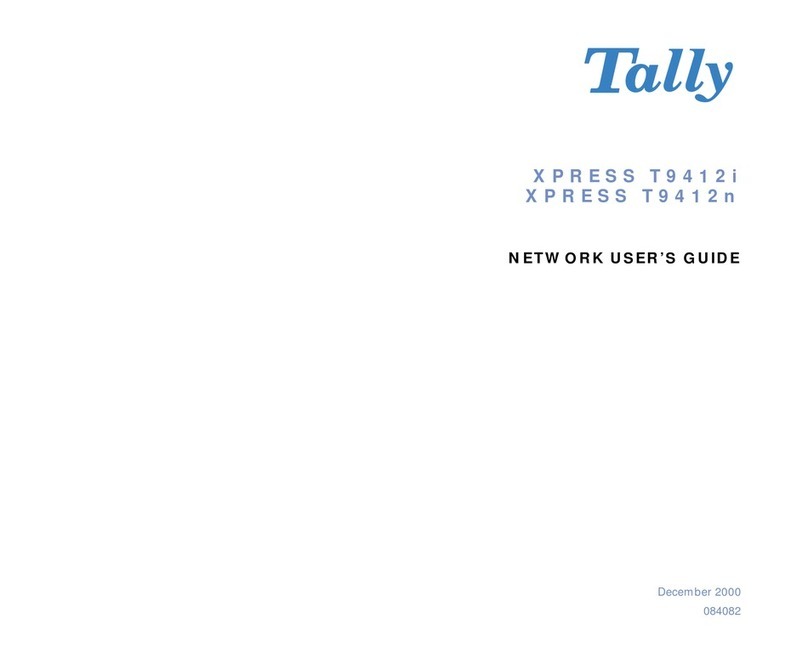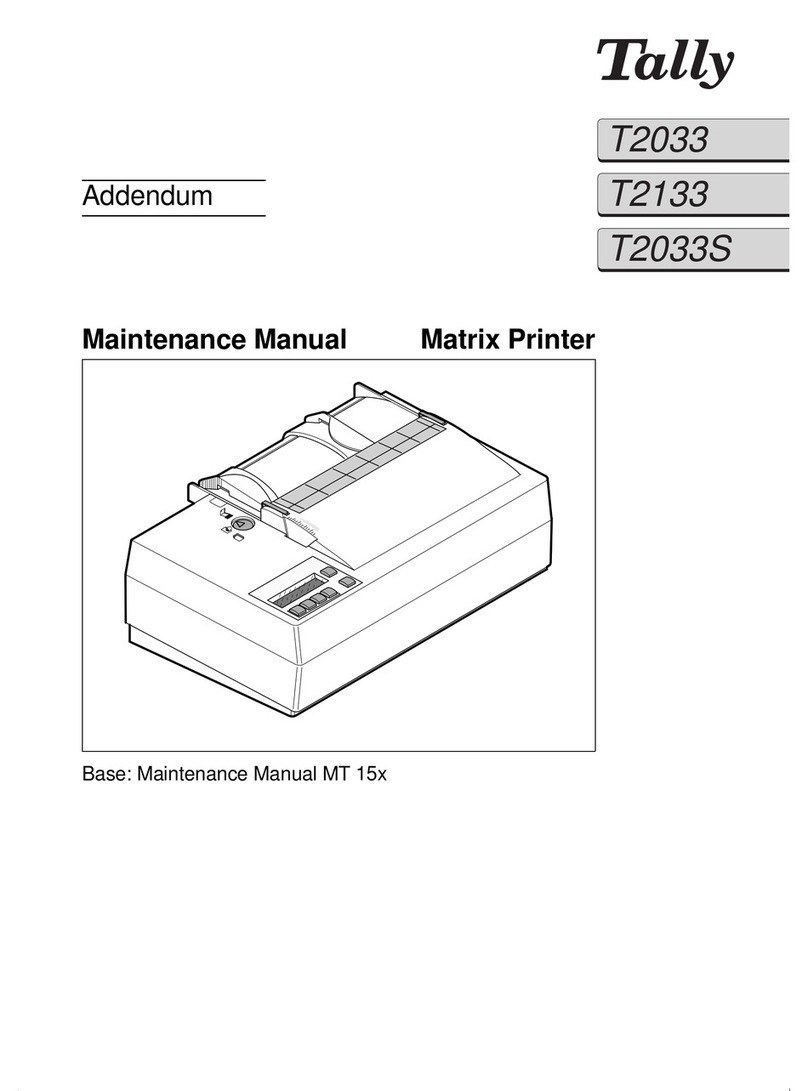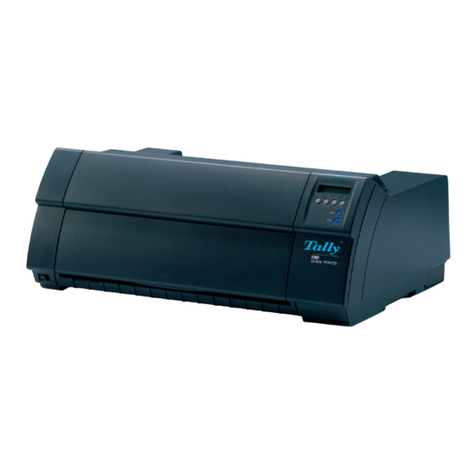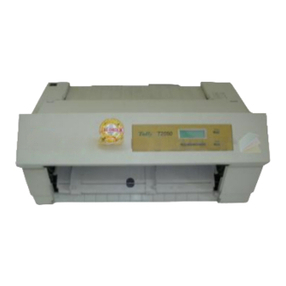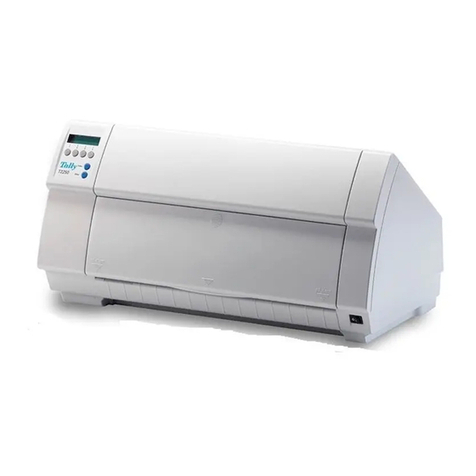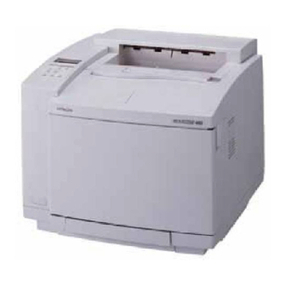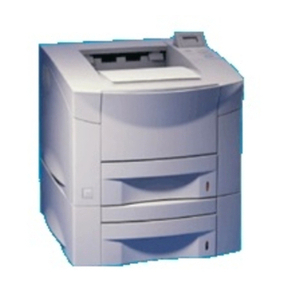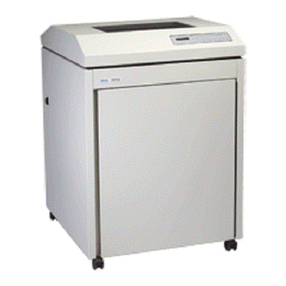
Table of contents
1 Introduction . . . . . . . . . . . . . . . . . . . . . . . . . . 1-1
2 Specifications . . . . . . . . . . . . . . . . . . . . . . . . . 2-1
2.1 Printer specifications . . . . . . . . . . . . . . . . . . . . . . . . 2-1
2.2 Interface specifications . . . . . . . . . . . . . . . . . . . . . . . 2-4
2.3 Paper specifications . . . . . . . . . . . . . . . . . . . . . . . . . 2-5
3 Functional description . . . . . . . . . . . . . . . . . . . . . 3-1
3.1 Electronic functions . . . . . . . . . . . . . . . . . . . . . . . . . 3-1
3.2 Mechanical functions FAW . . . . . . . . . . . . . . . . . . . . . 3-2
3.2.1 Function . . . . . . . . . . . . . . . . . . . . . . . . . . . . . . . . 3-2
3.2.2 Pushbar position check . . . . . . . . . . . . . . . . . . . . . . . . 3-2
3.2.3 Pushbar positions . . . . . . . . . . . . . . . . . . . . . . . . . . . 3-2
3.2.4 Single-sheet mode . . . . . . . . . . . . . . . . . . . . . . . . . . 3-5
3.2.5 Changeover to tractor mode . . . . . . . . . . . . . . . . . . . . . 3-5
3.2.6 Changeover to AGA mode . . . . . . . . . . . . . . . . . . . . . . 3-5
4 Test functions, troubleshooting and maintenance . . . . . 4-1
4.1 Key functions when turning on the printer . . . . . . . . . . . . 4-1
4.2 Testmode . . . . . . . . . . . . . . . . . . . . . . . . . . . . . . . 4-2
4.2.1 Rolling ASCII . . . . . . . . . . . . . . . . . . . . . . . . . . . . . 4-3
4.2.2 Interface test (Hex-Dump) . . . . . . . . . . . . . . . . . . . . . . 4-4
4.2.3 Setting the Formlen function . . . . . . . . . . . . . . . . . . . . . 4-5
4.2.4 Setting the AGA function . . . . . . . . . . . . . . . . . . . . . . . 4-5
4.2.5 Setting the Paphand function . . . . . . . . . . . . . . . . . . . . . 4-6
4.2.6 CX-bid . . . . . . . . . . . . . . . . . . . . . . . . . . . . . . . . . 4-8
4.2.7 Wrap . . . . . . . . . . . . . . . . . . . . . . . . . . . . . . . . . 4-8
4.2.8 Sound . . . . . . . . . . . . . . . . . . . . . . . . . . . . . . . . . 4-8
4.3 Showon function . . . . . . . . . . . . . . . . . . . . . . . . . . . 4-9
4.4 AGA test . . . . . . . . . . . . . . . . . . . . . . . . . . . . . . . 4-9
4.5 Parallelity . . . . . . . . . . . . . . . . . . . . . . . . . . . . . . . 4-11
4.6 Troubleshooting . . . . . . . . . . . . . . . . . . . . . . . . . . . 4-12
4.6.1 Problems with the print quality . . . . . . . . . . . . . . . . . . . . 4-14
4.6.2 Error messages via the display . . . . . . . . . . . . . . . . . . . . 4-15
4.6.3 Additional display messages . . . . . . . . . . . . . . . . . . . . . 4-16
4.7 Maintenance . . . . . . . . . . . . . . . . . . . . . . . . . . . . . 4-17
4.7.1 Replacing the fuse . . . . . . . . . . . . . . . . . . . . . . . . . . 4-17
4.7.2 Cleaning the housing . . . . . . . . . . . . . . . . . . . . . . . . . 4-17
4.7.3 Cleaning the interior . . . . . . . . . . . . . . . . . . . . . . . . . . 4-18
4.7.4 Platen . . . . . . . . . . . . . . . . . . . . . . . . . . . . . . . . . 4-18
4.7.5 Ribbon . . . . . . . . . . . . . . . . . . . . . . . . . . . . . . . . 4-19
4.7.6 Upper friction . . . . . . . . . . . . . . . . . . . . . . . . . . . . . 4-19
4.7.7 Carriage shafts . . . . . . . . . . . . . . . . . . . . . . . . . . . . 4-19
Table of contents
